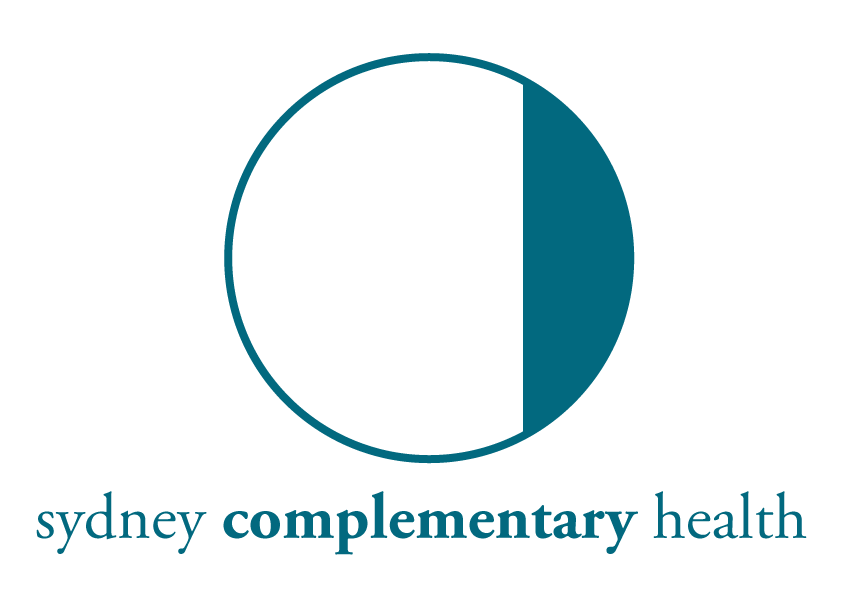Lymphatic Drainage
What is Lymphatic Drainage?
Lymphatic drainage is the manual stimulation of the interstitial fluids of the body, to return built-up wastes and excessive fluid to the blood so that the organs can deal with it. The technique itself is very light and very relaxing, comprising gentle strokes and pumps on the skin with some deeper work over the lymph nodes, especially in the abdomen. The technique was largely developed in Europe but is now used worldwide.
Who can benefit?
Most people can derive some benefit from lymphatic drainage. Those with lymphoedema can experience great reductions in swelling (particularly when combined with compression garments or bandaging) and also fibrosis in time.
As the lymphatic system also forms the basis of the immune system, the treatment can provide a welcome immune boost, especially for the immuno-suppressed or those who have been ill for long periods such as in glandular fever or tropical fevers.
The treatment can aid in chronic acne and painful cellulite, after cosmetic surgery to reduce swelling as well as alleviating pain associated with swelling and joint inflammation, such as arthritis and MS.
Some hormonal and menstrual imbalances can improve with lymphatic drainage and pregnancy related swelling could also benefit. The treatment is very relaxing and is great for high blood pressure and stress heads.
Who can not be treated?
Those with an active, untreated cancer or malignancy can not be treated except on a doctor’s advice. Anyone with a current acute infection (viral or bacterial) or inflammation due to an allergic reaction. People with cardiac oedema, renal dysfunction / insufficiency or deep vein thrombosis. Those with a history of tuberculosis or who live with asthma or low blood pressure will need to have their treatment modified to suit.
What to expect?
The treatment itself is very light and relaxing, so during a treatment it is not uncommon to fall asleep, and for blood pressure to drop - it is a good idea to not plan to drive afterwards.
As the treatment returns fluid to the blood , an increase in urination is often noticed. This is positive, as the old rubbish is leaving your body.
The downside to this cleansing is that sometimes skin outbreaks are experienced, so it is best not to have a treatment before a big date or function. It is also possible to feel some nausea or headaches and discomfort as the liver copes with the increased load - a little like the morning after a big night. Afterwards though, you should feel a little lighter with a greater sense of wellbeing.
Treatment times vary with a full body treatment lasting 90 minutes. When planning your first appointment, let me know what issues you are coming for and I will give advice on how long the session should be.
How often should I have one?
In the case of oedema, a treatment plan will have to be worked out. In severe cases this may mean time in a residential facility with daily treatments, until the area is suitably reduced and can be maintained at a regular clinic, as for a lesser oedema. For those with other needs, a regular maintenance plan can be discussed with your therapist, or you can come as the need arises.
Need to know more?
Please contact me for more info.


